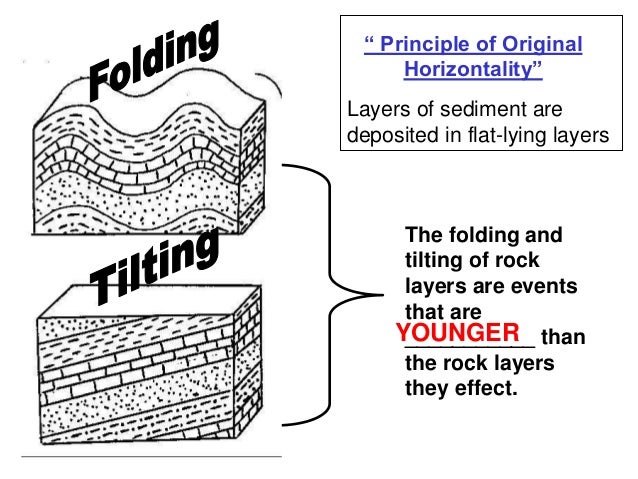

Mountain glaciers create U-shaped valleys by plucking and scouring. These rocks are then frozen into the glacier and also abrade the rock over which the glacier travels. Glaciers can also pluck or lift large chunks of rock. The glacier scours the landscape and leaves behind large gouges, small striations, or even a finely polished surface. The rock surfaces are gradually worn down much like wood is worn down by sandpaper. As the glacier moves, the rocks and sediment grind and scrape the rock surfaces over which the ice flows. Abrasion occurs when sediment and rock are frozen to the bottom and sides of the glacier. Glaciers can change large areas of land by abrasion, a scraping action, and plucking, a lifting action. One part of the plate is subducting at a normal angle, while another subducts at a shallow angle. The intense East-West compression of the two plates brought about the uplift of the Rocky Mountains as well as the Colorado Plateau.įor a modern day example of shallow-angle subduction we look to the western edge of South America. Shallow-angle subduction allowed for deformation to move further inward from the plate margin – about 625 miles.

Instead of subducting at the usual steep angle, the Farallon Plate probably subducted at a shallower angle and a faster rate. The Laramide Orogeny began about 70 million years ago during the Mesozoic Era, and lasted until about 40 million years ago in the Cenozoic Era.ĭuring that time, some scientists hypothesize that the subduction of the Farallon Plate on the western edge of North America changed. The story of uplift certainly begins with plate tectonics and very likely a mountain building episode called the Laramide Orogeny. The Rocky Mountains and the Colorado Plateau are thought to have similarly uplifted along reverse faults in North America. Instead, blocks of crust are uplifted along reverse faults. Where shallow-angle subduction is occurring, there are no volcanoes. Where normal angle subduction is occurring, active volcanoes form. Scientists have observed that the angle of subduction directly affects the landscape on the South American continent. The two currently favored hypotheses call for something called shallow-angle subduction or continued uplift through isostacy. While scientists don’t know exactly how the uplift of the Colorado Plateau occurred, a few hypotheses have been proposed. Just how and why uplift occurred this way is under investigation. On the Colorado Plateau, the rocks weren’t altered significantly they were instead lifted high and flat. The rocks that comprise the Rocky Mountains, for example, were dramatically crunched and deformed during their uplift. With uplift, geologists generally expect to see deformation of rocks. The way in which the uplift of the Colorado Plateau occurred is puzzling. The action of plate tectonics lifted the rocks high and flat, creating a plateau through which the Colorado River could cut down. Uplift of the Colorado Plateau was a key step in the eventual formation of Grand Canyon. How did these sea floor rocks attain such high elevations? Yet today, at the top of the Colorado Plateau, the Kaibab Limestone is found at elevations up to 9,000 feet. The Kaibab Limestone, the uppermost layer of rock at Grand Canyon, was formed at the bottom of the ocean. The start of the South Kaibab trail shows an abundant display of Kaibab stone. If rock layers appear tilted, that is due to some geologic event that occurred after the rocks were originally deposited. This means that all the rock layers were laid horizontally.

In geology, this is referred to as the principle of superposition, meaning rocks on the top are generally younger than rocks below them.Īnother important principle is the principle of original horizontality. That means that the bottom layer was formed first, and every subsequent layer was formed later, with the youngest rocks on the top. It shows the rock layers with the oldest on the bottom, and the youngest on the top. To look at rock layers, geologists use a diagram called a stratigraphic column. Then, layer upon layer of sedimentary rocks were laid on top of these basement rocks. The story begins about 2 billion years ago when igneous and metamorphic rocks were formed. The story of how Grand Canyon came to be begins with the formation of the layers and layers of rock that the canyon winds through. Horizontal striations can be found in the walls of the majority of the canyon.


 0 kommentar(er)
0 kommentar(er)
